On Monday, April 14, Blue Origin is set to launch a historic all-female crew to the edge of space, marking one of the most anticipated suborbital space tourism missions in years. The mission, known as NS-31, will feature a star-studded lineup, including pop star Katy Perry, journalist Gayle King, and four other accomplished women. This will be the first all-female spaceflight since Soviet cosmonaut Valentina Tereshkova became the first woman to travel to space in 1963.
The NS-31 mission will be the 31st flight for Blue Origin’s New Shepard suborbital vehicle and its 11th crewed mission. The flight is scheduled to lift off at 9:30 a.m. EDT (1330 GMT) from Launch Site One in West Texas. The entire mission will last approximately 10 minutes, taking the crew more than 62 miles (100 kilometers) above Earth, past the Kármán line, which is widely recognized as the boundary of space.
During the flight, the crew will experience a few minutes of weightlessness and enjoy breathtaking views of Earth against the blackness of space. The New Shepard vehicle features a reusable booster and crew capsule, designed to provide passengers with a safe and exhilarating journey.
The NS-31 crew includes:
The Kármán line, located at 100 kilometers (62 miles) above sea level, is a widely accepted boundary of space. Blue Origin’s New Shepard flights reach just past this line, providing passengers with a legitimate space experience. This demarcation is significant because it separates aeronautics from astronautics, marking the point where the atmosphere becomes too thin to support conventional flight dynamics.
Blue Origin and Virgin Galactic, both pioneers in suborbital space tourism, have publicly debated the definition of space. While Blue Origin’s flights reach the Kármán line, Virgin Galactic’s flights have reached up to 88.5 kilometers (55 miles), which is still beyond the 81-kilometer (50-mile) mark used by the US government to define space. This distinction has led to some friendly competition, with Blue Origin asserting that its flights offer a more authentic astronaut experience.
Blue Origin’s NS-31 mission highlights the growing interest in space tourism and the potential for more diverse and inclusive space travel experiences. As companies like Blue Origin and Virgin Galactic continue to push the boundaries of what is possible, the definition of space and the criteria for earning “astronaut” status will remain topics of discussion.
The NS-31 mission is not just a technological achievement but also a symbolic one, showcasing the potential for space exploration to become more accessible and inspiring future generations to reach for the stars.

By Olivia Reed/Apr 14, 2025
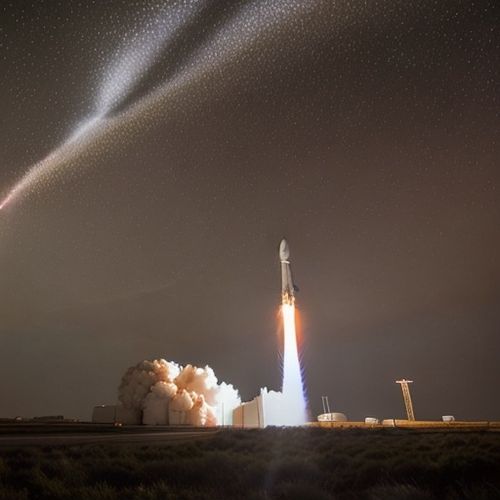
By Sophia Lewis/Apr 14, 2025
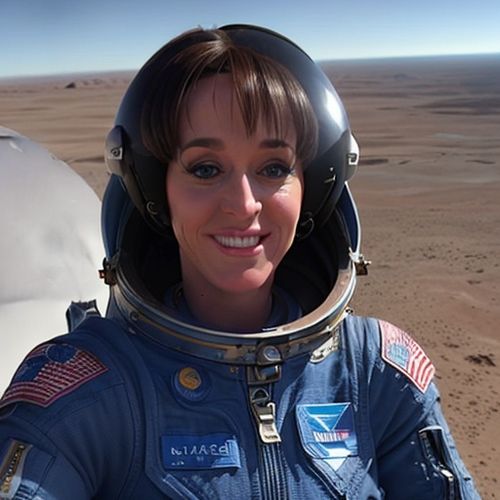
By Noah Bell/Apr 14, 2025
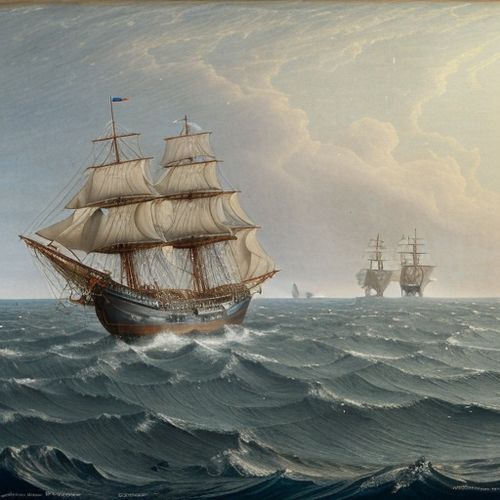
By Eric Ward/Apr 14, 2025
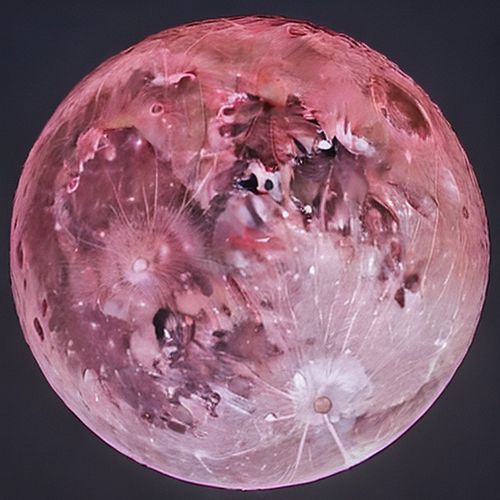
By Sophia Lewis/Apr 14, 2025
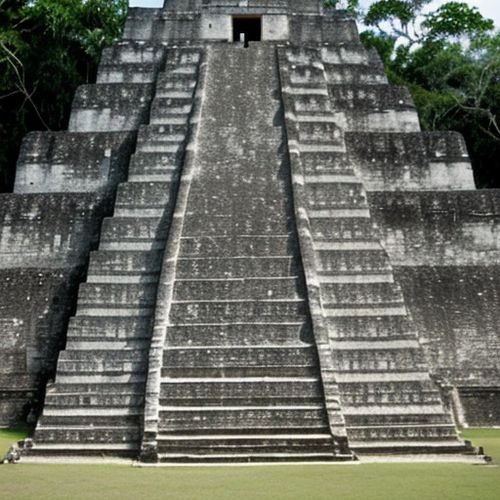
By Sarah Davis/Apr 14, 2025
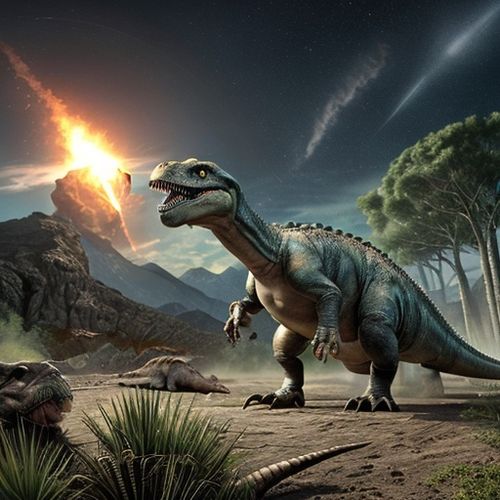
By William Miller/Apr 14, 2025
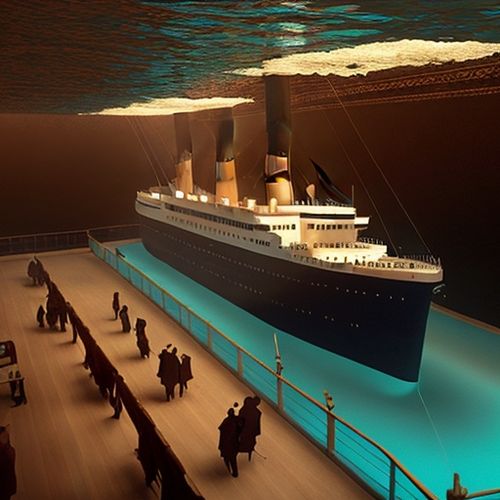
By James Moore/Apr 14, 2025
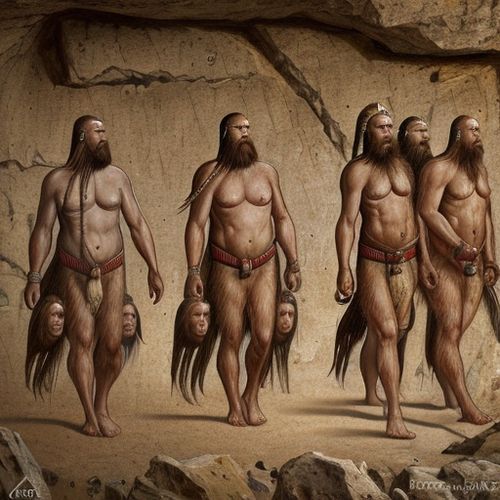
By Eric Ward/Apr 14, 2025
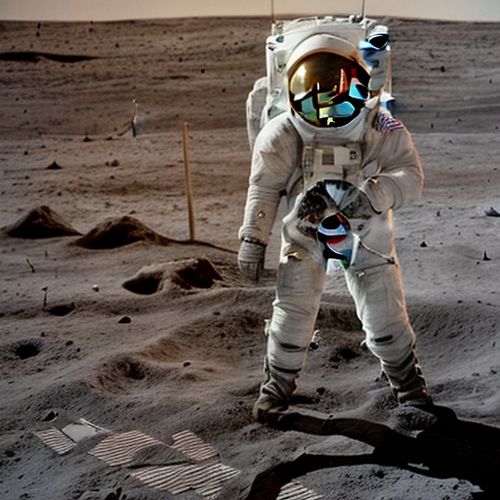
By Grace Cox/Apr 14, 2025

By Rebecca Stewart/Apr 10, 2025

By Grace Cox/Apr 10, 2025

By Thomas Roberts/Apr 10, 2025

By James Moore/Apr 10, 2025
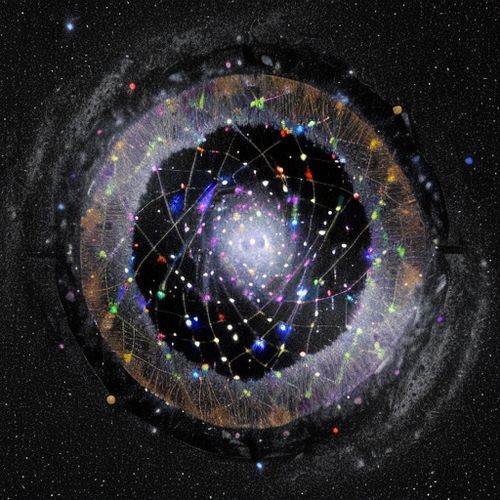
By Laura Wilson/Apr 10, 2025
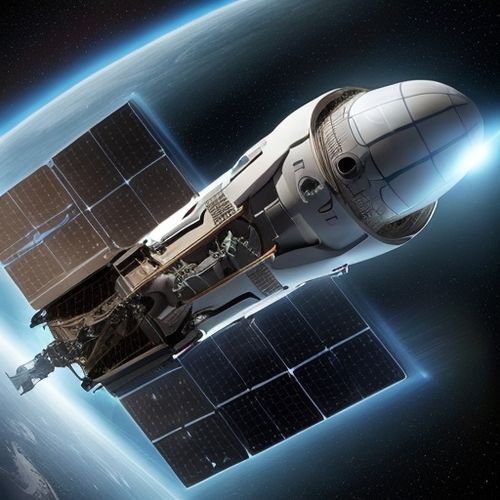
By John Smith/Apr 10, 2025

By James Moore/Apr 10, 2025

By Olivia Reed/Apr 10, 2025

By Eric Ward/Apr 10, 2025